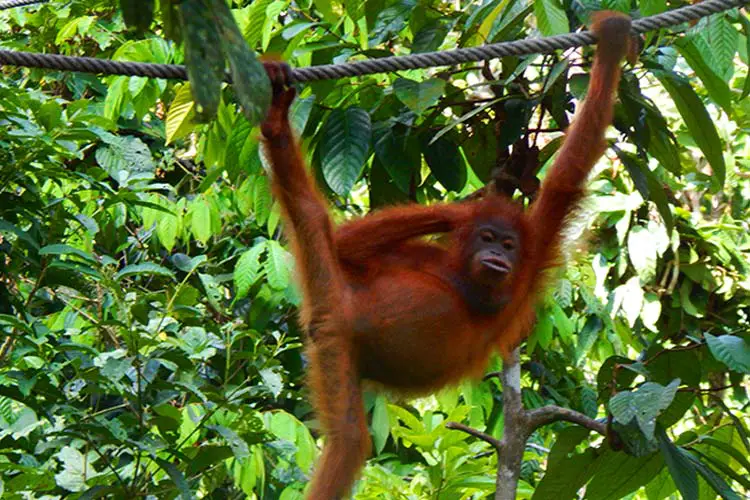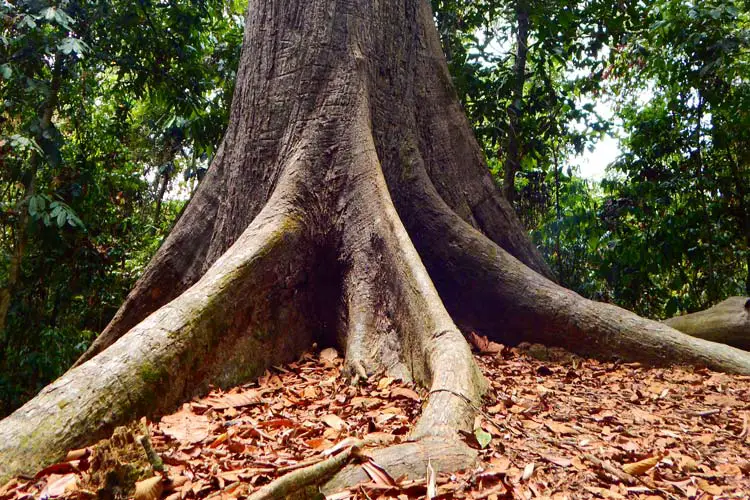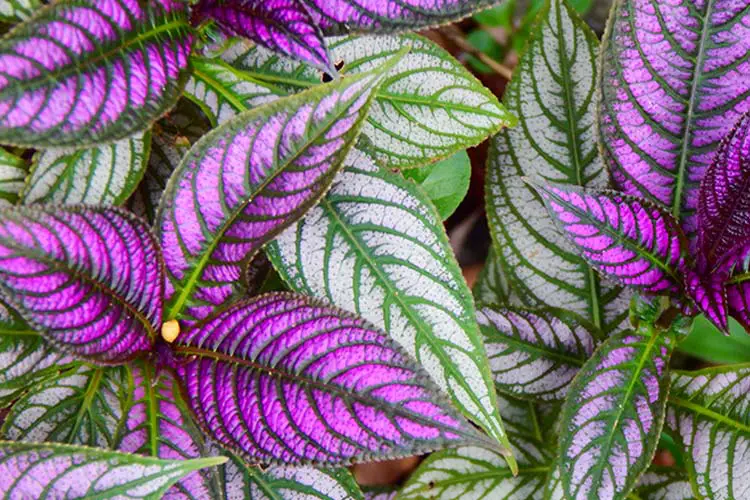Sepilok – An Ecotourist’s Dream
If you’ve been following along with my series on ecotourism so far, you may have noticed that it focuses more on how observations from my six month trip through Southeast Asia has shaped my thoughts about ecotourism. While this style of writing has been beneficial (for me at least, and hopefully for my readers), for this entry, I’d like to take a break from that. Instead, I’d like to recommend a specific destination that’s without a doubt one of the best ecotourist destinations I’ve ever had the fortune to visit – Sepilok.
Sepilok is a small village located in Sabah, a Malaysian state found in the northeastern portion of Borneo. For most tourists, the easiest point of entry to Sepilok might be the nearby city of Sandakan, which is under an hour away, or the major city of Kota Kinabalu some five hours away. The area is known as one of the best-preserved examples of virgin Bornean rainforest, which means it features an enormous diversity of plants, birds, and animals. Sepilok itself, though quite small, features a number of charming restaurants and fancy nature resorts, though most of these resorts also feature budget dorm-style hostels for those of us with less expendable income. I highly recommend the Sepilok Forest Edge Resort, a very lovely resort which is located quite close to most of Sepilok’s attractions.
Speaking of attractions, the best part of Sepilok is its numerous natural attractions. There are three in particular that consistently draw tourists from all parts of the world. Without a doubt, the most famous is…
Sepilok Orangutan Rehabilitation Centre

The Sepilok Rehabilitation Center is definitely what draws most visitors to Sepilok. As the name suggests, the centre focuses on helping the people of the forest, the orangutans. The centre takes in orphaned orangutans, many of whom were refugees from the pet trade or lost their habitats due to deforestation. The orangutans are raised with a conscious effort to cut off their dependency on humans so that they can eventually be released into the centre’s protected forest reserve.
Visitors can visit the centre during the two feeding times, where a staff member takes a mass of fruits and vegetables and leaves them on a platform. Since the orangutans in the preserve aren’t kept in an enclosure, they’re free to come and go as they please. However, it’s difficult to pass up the opportunity of free food, meaning the feedings are the best way to get a glimpse of these majestic creatures. What’s more, the walk to the feeding centre is quite lovely and a fantastic way to introduce yourself to the Bornean rainforest.
Interestingly, all the trails in the centre are on raised boardwalks, in an effort to keep the flocks of humans that visit the centre each day from trampling plants and otherwise disturbing the fragile ecosystem. The centre also places strict regulations on what can be brought into the forest in order to minimize the chances of littering.

Even when it’s not feeding time, there’s still a lot to do at the Sepilok Orangutan Rehabilitation Center. The centre also features an outdoor nursery, for its newest members. Here, orangutans which were recently recovered are taught the skills they need to survive on their own in the forest. One of the first skills an orangutan loses when it’s raised in captivity is the ability to climb trees well. Wild orangutans spend the vast majority of their time in trees, more so than any other ape, but those raised in captivity are more likely to spend a good deal of their time on the ground. The first skill a new orangutan must learn at the rehabilitation centre is staying off the ground. This means a team of humans has to sit around and watch the orangutans at the outdoor nursery play and rush over to scold and replace them whenever they climb off the playground. The orangutans seem to have mastered this system, and often can be seen briefly touching the ground, waiting for the humans to rush over, then immediately climbing out of reach and taunting them. It’s quite amusing to watch really.
Borneo Sun Bear Conservation Centre

Adjacent to the orangutan centre is another of Sepilok’s popular rehabilitation centres, the Borneo Sun Bear Conservation Center. Not many people are familiar with the Bornean sun bear, which is the smallest kind of bear in the world. However, they are quite an adorable and interesting species of bear, and it’s great that a centre exists to promote the rehabilitation of sun bears from the pet trade or deforested areas. If the centre is able to teach the bears to survive independently from humans, they will ultimately be released back into their natural habitat in other protected areas across Borneo.

Unlike the orangutan rehabilitation centre next door, the sun bears are kept in an enclosure which mimics their natural environments. This means that guests are very likely to see several bears during their visit. We saw numerous sun bears eating, lounging, climbing trees (they’re avid climbers) and generally enjoying life. If you’re lucky, you’ll be there when the keepers throw the bears some coconuts (around 3 pm during our visit). It’s fascinating watching the bears shred the hides of the coconuts to pieces using their paws and mouth, then guzzle out the delicious coconut water and meat trapped inside. The bears seemed to enjoy the challenge too.
Rainforest Discovery Center

Though jungle surrounds visitors to the sun bear and orangutan conservation centres, it’s clearly the animals who are the stars of the show. At the nearby Rainforest Discovery Center, however, the jungle takes the spotlight. Visitors are encouraged to explore the vast network of trails, which feature numerous opportunities for birding and examining some truly fascinating rainforest plants. One of the most interesting finds along the trails is the Sepilok Giant. As the name suggests, the enormous 65-meter tree (a diptocarpus) is one of the largest and oldest trees in all of Borneo. Researchers estimate the tree is between 800 and 1,000 years old.
The Rainforest Discovery Center also features a canopy walk, which is a series of suspended bridges connecting a handful of observation towers up above the forest canopy. Besides offering great views of the surrounding countryside and a chance to see interesting birds like trogons and hornbills, the canopy walk also helps visitors acquaint themselves with the emergent layer. This is the layer of tall trees which shoots up above the forest canopy to catch as much sunlight as possible.

Other attractions at the Rainforest Discovery Center include a theatre, a lake, and a lovely botanical garden. The garden gives details on many of Borneo’s most important economic and medicinal plants but also features sections on native plants and orchids. If you’re lucky, you’ll even see the famous pitcher plants, though they weren’t in great health during our visit.
Hopefully, the above paragraphs made it obvious why Sepilok is fantastic destination for ecotourists. If you’re in Borneo and wish to see some of its most fascinating plants and animals in an intimate setting, few places rival this ideal destination.

